Get Involved
Donate
Historic Downtown Salem, NJ
Historic Downtown Salem is a place where centuries of history meet small-town charm. Founded in 1675 by Quaker settler John Fenwick, Salem began as part of the colony he laid out, later becoming an official township in 1798 and a city in 1858. Its name, drawn from the Hebrew word “shalom” and the Arabic “salaam,” reflects a long-standing spirit of peace. Over the years, Salem flourished as an agricultural hub, especially famous for its tomato production, and as a center for glass and bottle manufacturing, with plants like Gaynor, Salem Glass Works, and later Anchor-Hocking leaving a lasting mark. Visitors strolling through the Market Street Historic District will find preserved 18th and 19th-century architecture, unique boutiques, and inviting eateries. Landmarks such as the Old Salem County Courthouse, built in 1735 and still in use today, stand as proud reminders of the city’s colonial heritage, while the welcoming local businesses and seasonal festivals ensure its history continues to be lived, not just remembered.
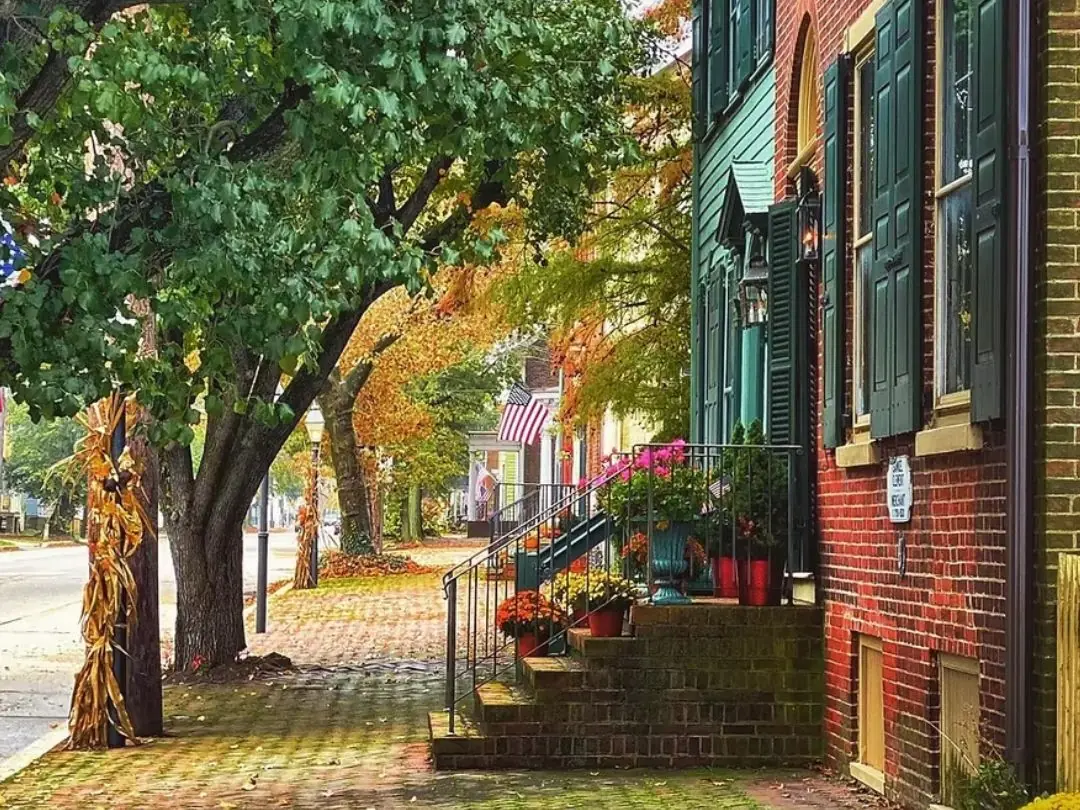
Market Street Historic District
The Market Street Historic District is the heart of Salem’s rich heritage, showcasing a remarkable collection of 18th- and 19th-century architecture along the city’s main thoroughfare. Recognized on the National Register of Historic Places, the district offers a walk through time, where stately brick facades, historic landmarks, and preserved storefronts tell the story of over 300 years of community life. Today, Market Street blends history with vitality, housing antique shops, boutiques, galleries, and eateries that invite visitors to linger. From the iconic Old Salem County Courthouse to the charming commercial buildings that line the street, the district captures the spirit of a city that has evolved while preserving its timeless character.
Old Salem Courthouse
Built in 1735 using locally manufactured bricks and was enlarged in 1817 and 1908. In 1774, the courthouse was the site of a county petition to King George III to address various colonial grievances and for authorizing county relief to the citizens of Boston to assist them from the King’s sanctions from the Boston Tea Party incident. The courthouse is also the site of the legend of Colonel Robert Gibbon Johnson proving the edibility of the tomato.
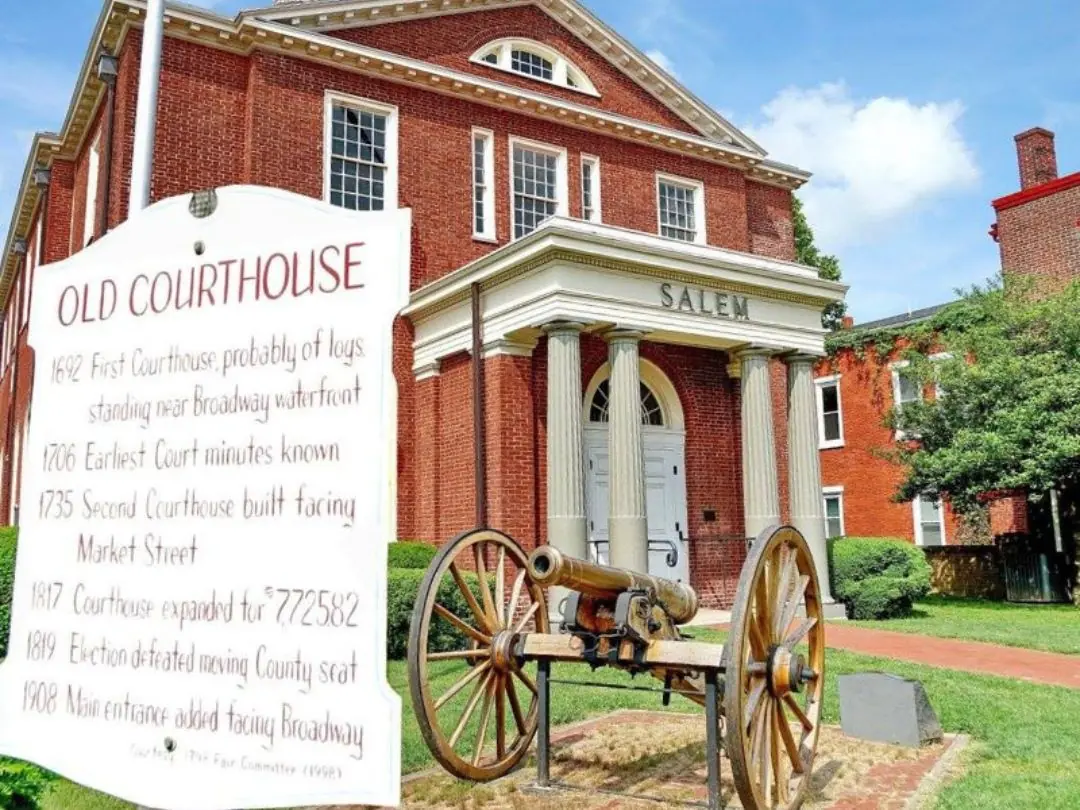
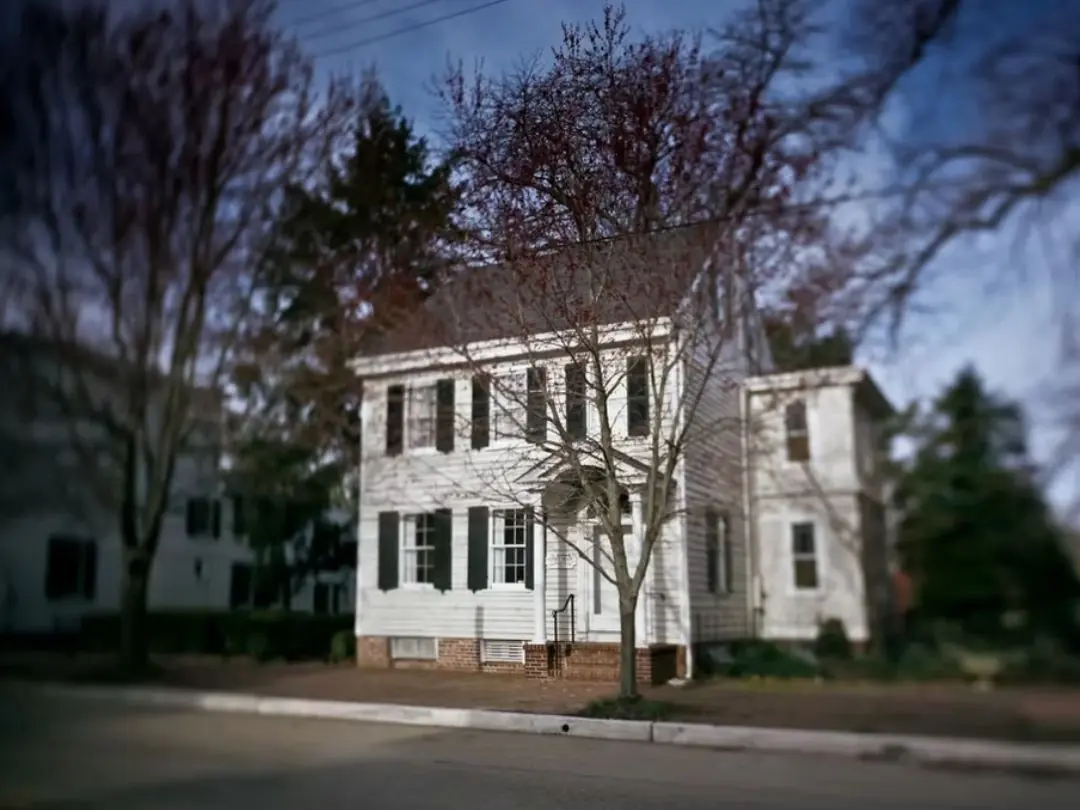
Abigail Goodwin House
In the 1830s, Abigail emerged as an active figure in the Underground Railroad movement. An abolitionist, Abigail came into contact with leading anti-slavery figures, including William Still, Lucretia Mott, and orator James Miller McKim, who came to Salem to lecture as their guest. His program, however, attracted a mob of anti-abolitionists who pelted the Goodwin house with sticks and rocks. From then on her home became a place for freedom seekers– providing shelter, clothing, & food.A
The Fenwick Building
The building was originally constructed in 1891 as Ford’s Hotel. In 1919, it was converted into the Salem County Memorial Hospital to honor World War I soldiers and sailors. Opening with 30 beds and staffed by 12 physicians and surgeons, the hospital treated 1,093 patients in its first year. By 1951, the hospital vacated the building and relocated to Mannington Township. Decades later, in 1989, the structure was renovated and renamed the Fenwick Building, becoming home to Salem County government offices.


City of Salem Municipal Building
The Municipal Building is located within Salem’s Broadway Historic District, which contains a number of notable eighteenth and nineteenth century structures. Originally constructed for the Salem National Bank Company in 1888, it is a most exuberant example of the Queen Anne style, designed by Philadelphia architect David Evans. In 1924 the City purchased the building for use as the seat of local government and moved it to a new location on New Market Street.
Swedish Cabin
This single-room cabin is a rare remaining example of hand-hewn, white cedar plank construction and reflects a traditional Swedish cabin. This cabin, with its glazed windows, is more elaborate than those typically constructed in the seventeenth century. Known as stugas, which translates to “room inside.” These cabins were built in small clusters or stood alone, depending on the size of the farm. Swedish settlers established small communities throughout Salem, clearing only enough land to farm.
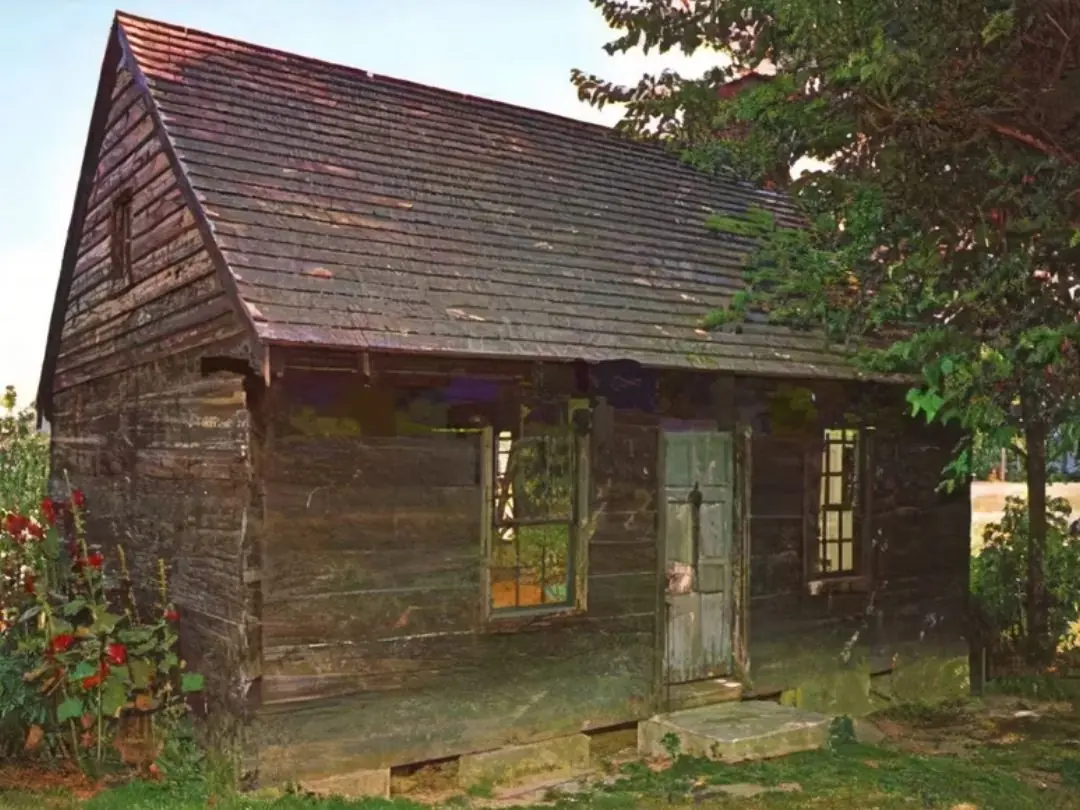
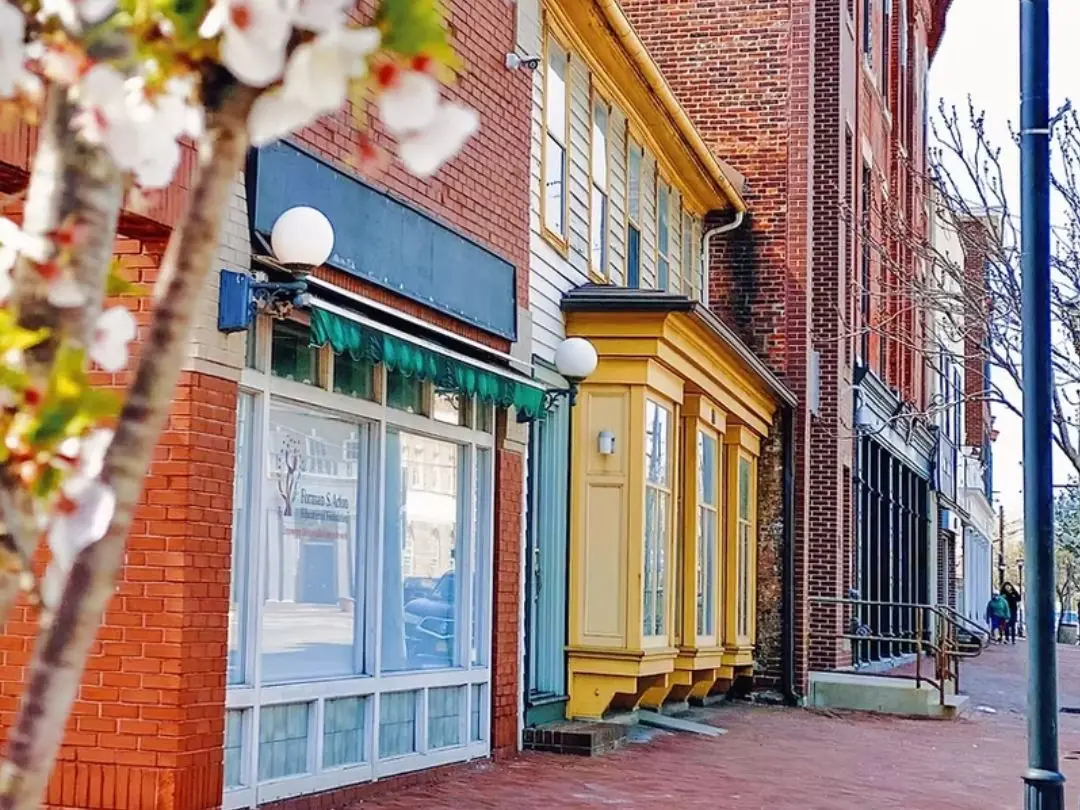
Historic Broadway District
Strolling through Broadway offers a glimpse into Salem’s economic heyday, when merchants, manufacturers, and civic leaders shaped the city’s growth. With its mix of historic character and modern-day activity, the district continues to serve as a lively centerpiece for both residents and visitors.
Salem Friends Meeting House
Salem’s Friends Meeting House stands as one of the oldest Quaker meeting houses in the United States, a testament to the city’s early roots and enduring spiritual heritage. Built in 1772 to replace an earlier structure from 1685, its simple brick design reflects the Quaker values of humility and function over ornament. The meeting house played a vital role in the community’s religious and social life, serving as a gathering place for worship, decision-making, and civic discussions. Surrounded by a peaceful burial ground, it offers visitors a quiet space to reflect while connecting with the history of Salem’s earliest settlers and the principles that shaped the city’s foundation.

Join Our Mission
Historic Preservation
Business Opportunities
Community Growth
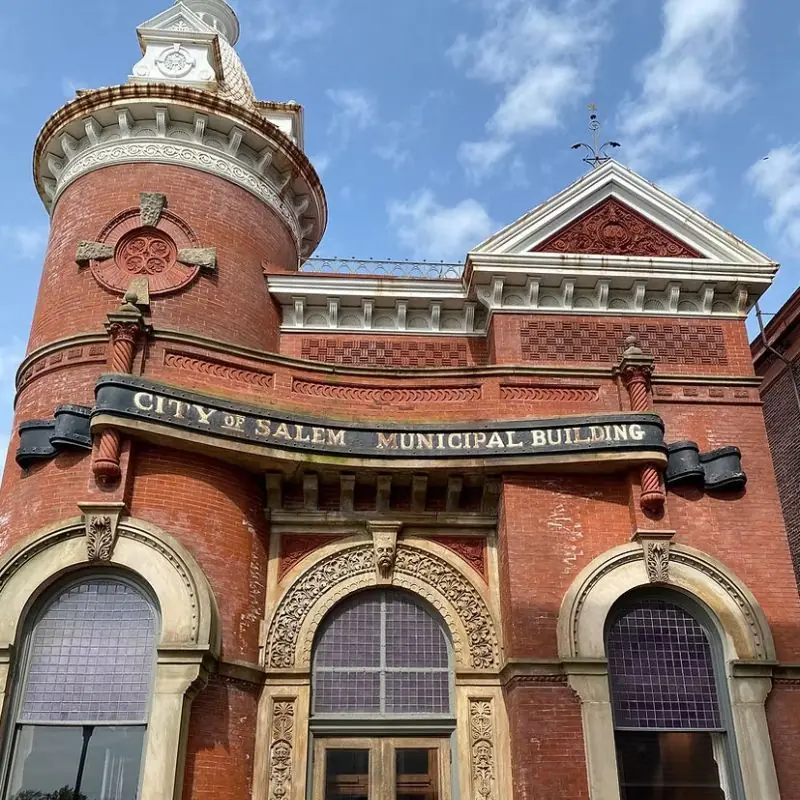
Historic Preservation
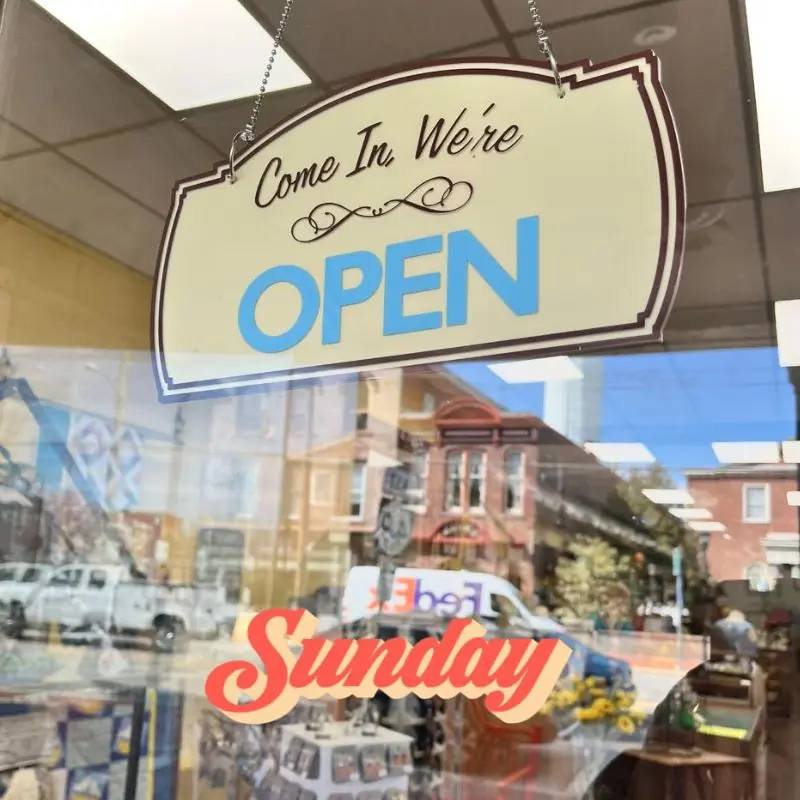
Business Opportunities

Community Growth
